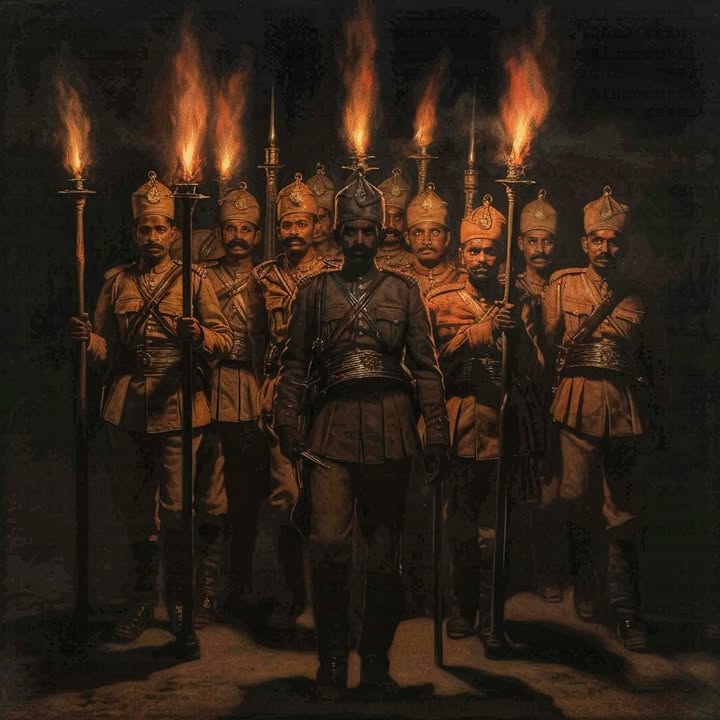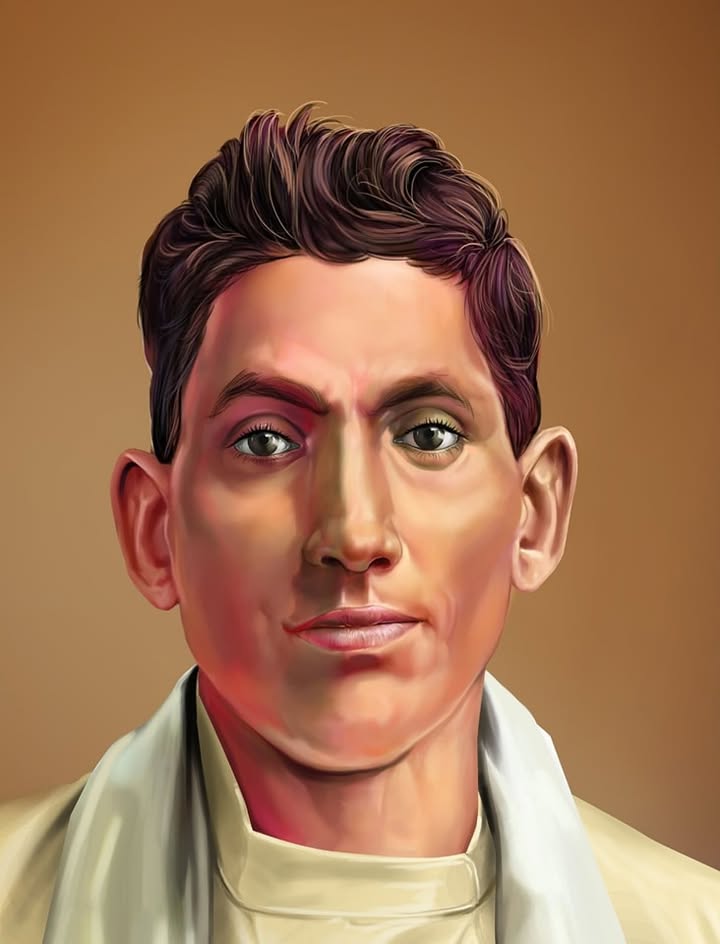Kalaripayattu - Armed Combat
Written on December 31st , 2024 by Alummoottil Channar
The Technical Art of Armed Combat in Kalari
Introduction to Armed Combat in Kalari
Kalari, the ancient martial tradition of Kerala, places significant emphasis on armed combat, known as Angathari. This advanced stage of training incorporates the mastery of various weapons, integrating fluidity, precision, and control. The structured practice develops not only physical dexterity but also mental discipline and spiritual focus. Armed combat in Kalari is divided into Kolthari (wooden weapon training) and Ankathari (metal weapon training), each progressively advancing the practitioner’s skills and understanding of combat dynamics.
Kolthari: Wooden Weapon Training
Kolthari forms the foundation of armed combat. Wooden weapons simulate the weight and handling of metallic counterparts, offering practitioners a safe yet effective method of honing their skills. Key weapons include the Pandiran, Arujan, Mucha’n, and Otta.
1. Pandiran
- Description: A wooden staff measuring twelve spans, held centrally.
- Techniques:
- Vadi Veeshal (stick rotation): Rotating the staff either in place or while advancing. This builds strength, flexibility, and coordination.
- Striking Areas: Head, forehead, chin, ribs, and legs.
- Key Applications: Used to strike and block effectively, preparing the practitioner for more advanced weaponry.
2. Arujan (Kettukari)
- Description: A six-span-long cane, approximately three inches thick.
- Stances and Movements:
- Vatakkal (low stance with feet parallel): Offers stability.
- Valinjninnu (long stance): Provides reach and balance.
- Key Applications:
- Amaram (blocking), Marukadagam (reverse defense), and Thallu (push and strike) are practiced to achieve precision and adaptability.
3. Mucha’n
- Description: A short, tapered stick (three spans in length), used for close-quarter combat.
- Unique Features:
- The broader end (Amaram) is held, while the tapered end (Muna) is used for striking.
- Requires enhanced grip strength and focus due to its smaller size and rapid application.
- Techniques: Rapid step transitions, precision strikes, and advanced defense strategies are central to its practice.
4. Otta
- Description: A curved wooden weapon approximately 18 inches long, also known as Muppiri for its three-curved design.
- Specialty:
- Targeting Marma points (vital areas).
- Unique to the Northern Kalari style, Otta emphasizes speed, trickery, and precision.
- Movements: Involves jumps, retreats, and locks alongside specialized stances like Otta Vadivu and advanced transitions.
Ankathari: Metal Weapon Training
Ankathari represents the pinnacle of armed combat in Kalari, introducing sharp and lethal weapons. The practitioner’s training transitions from wooden simulations to mastering the intricacies of metallic arms.
Classification of Weapons
Weapons in Kalari are categorized based on their use:
- Muktam: Weapons released from the hand (e.g., spears).
- Amuktam: Weapons wielded without release (e.g., swords).
- Muktam-Amuktam: Weapons tied to a rope or mechanism (e.g., chakram).
- Yantramuktam: Weapons operated via mechanical aids (e.g., bows).
1. Sword and Shield (Valum Parichayum)
- Description: A short sword (Val) paired with a round shield (Paricha).
- Key Techniques:
- Paricha Niruthal (shield blocking): Deflecting incoming strikes with precision.
- Val Veeshal (sword rotation): Circular and angular movements aimed at exploiting the opponent’s openings.
- Marukadagam: Quick reversals of the blade for counterattacks.
- Focus Areas: Enhancing reflexes, balance, and the coordination between offense and defense.
2. Spear (Kuntham)
- Description: A long, pointed weapon used for thrusting and slashing.
- Key Techniques:
- Neekkam and Veekkam (forward and backward thrusts): Executed with precise timing.
- Cha’dam (circular parries): Redirecting an opponent’s weapon.
- Stances: The practitioner alternates between low and high stances for reach and control.
3. Urumi (Flexible Sword)
- Description: A long, flexible blade requiring exceptional skill and control.
- Movements:
- Circular Slashes: Performed in wide arcs to maintain momentum.
- Defensive Twirls: Used to create a barrier around the practitioner.
- Challenges: High risk due to the weapon’s flexibility; requires expert handling to avoid self-injury.
4. Daggers and Short Blades (Kattaram)
- Description: Compact weapons ideal for close-range combat.
- Techniques:
- Rapid Thrusts: Targeting vital points such as the neck and abdomen.
- Kettu (grappling with a blade): Immobilizing an opponent while delivering a decisive strike.
5. Bow and Arrow (Vilum Ambum)
- Description: A ranged weapon system used in traditional warfare.
- Focus Areas:
- Sakthi (strength): Drawing the bowstring requires upper-body endurance.
- Neeti (accuracy): Precision aiming at long distances.
Integration of Marma Vidya (Vital Point Science)
A distinctive feature of armed combat in Kalari is the integration of Marma Vidya. Strikes are meticulously aimed at 108 marma points to incapacitate the opponent efficiently. Examples include:
- Thilartha Marma (temple): A precise strike induces disorientation.
- Hridaya Marma (heart region): A thrust here can immobilize the attacker instantly.
- Kshipra Marma (ankle): Disables movement effectively.
Advanced Techniques in Armed Combat
- Paruken: Simulated combat with random attacks to train reflexive defense.
- Prayogam: Application of sequences in real-time scenarios to develop adaptive strategies.
- Otta Sequences: High-speed drills focusing on deception and evasion while targeting vital points.
Conclusion
Armed combat in Kalari exemplifies the synergy of physical dexterity, weapon mastery, and mental focus. From the foundational Kolthari training to the lethal precision of Ankathari, the techniques are a testament to the martial discipline’s depth and adaptability. The incorporation of Marma Vidya elevates these practices to an unparalleled level of technical sophistication, making Kalari’s armed combat a timeless martial art tradition.
